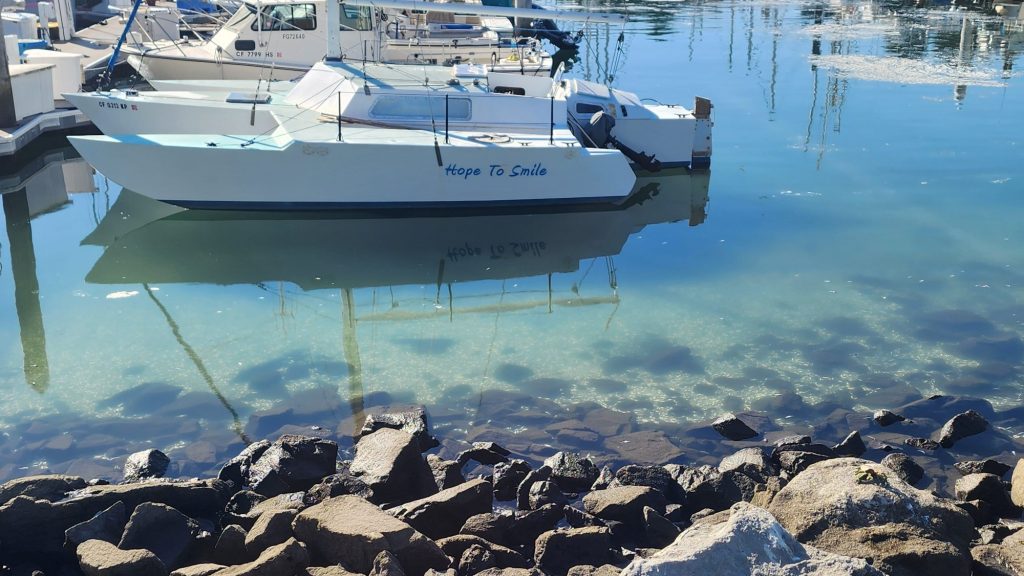SANTA CRUZ — Around 8 p.m. Friday, a school of anchovies swam into and amassed inside the Santa Cruz Harbor. When harbor staff discovered the invasion, they quickly turned on the aerator system to keep the water oxygenated and the anchovies alive, but according to Santa Cruz Harbormaster Blake Anderson, it was too little, too late.
“This was a big school of large-sized fish,” said Anderson. “This is something we try to avoid and that’s why we deployed the aerators, but you get to a point where there’s so much biomass that no amount of aeration is going to mitigate it.”

Anderson was unsure what drove the school into the harbor and said that despite keeping a watchful eye on the ocean surrounding the area, the anchovy invasion came as a surprise.
“This was totally unexpected,” said Anderson. “We go out and check out by the wharf and towards Pleasure Point and we were not seeing the bait like we were earlier this year.”
The dead anchovies inside the harbor that had floated to the water’s surface were cleared away with nets in an all-hands-on-deck effort by harbor staff and the only anchovies that remained late Saturday afternoon were those still on the seabed.
“They were floating everywhere,” said field dock attendant Richard Stelter, who began the cleaning efforts early Saturday morning. “A lot of guys showed up early today to help pitch in and we have it pretty much handled, but there’s still a lot that sank and tomorrow they’ll start floating up.”


















































